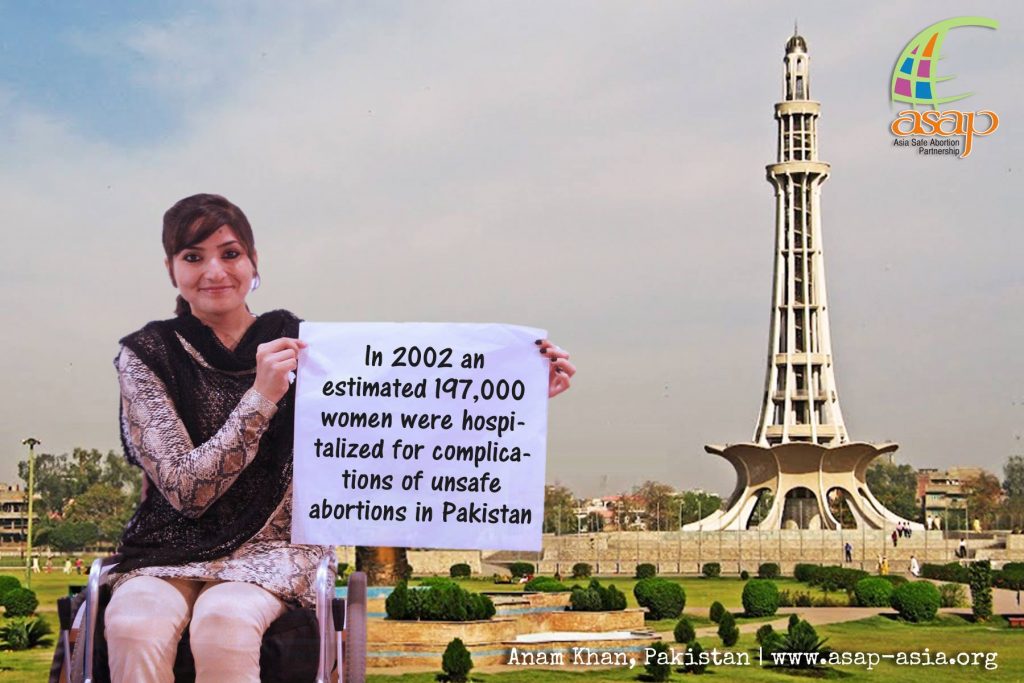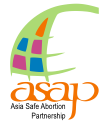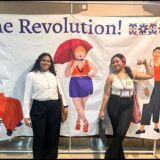Don’t have sex if you have a disability?!

Girls, boys, men, women living with disabilities have sexual desires just like anyone else! But their sexual and reproductive health and rights are often disregarded by society and overlooked by policymakers. It is assumed that they are somehow asexual. Women with disabilities have to bear a double burden of marginalization due to their gender.
And just as ‘women’ are a heterogenous group, so are ‘disabilities’. The multiple layers of vulnerabilities that exist within the community also need to be recognized.
Of the 7 billion humans on this planet, nearly 1 billion live with some disability. [1]Of these, 80% live in developing countries- 19% of women and 12% of men. People with a disability face many obstacles in their physical and social environments that prevent then from fully excising their rights and participating in social, cultural and professional life as well as fulfilling their true potential.
Women with disabilities may not be able to access the services they need for a number of reasons including lack of awareness, stigma, discrimination, physical barriers, lack of information, providers attitude, lack of services at public sector etc. Women and girls with disabilities are at higher risk of sexual abuse and violence, as they may be physically or financially dependent on their abuser.
The Convention on the Rights of Persons with Disabilities calls for an inclusive approach and underscores the need for including persons with disabilities at all stages of decision- making, policy planning and implementation.
In order to invest in the capacity building of young leaders from within their community who can advocate for such rights, the National Forum for Women With Disabilities (NFFWDs), Pakistan and Asia Safe Abortion Partnership (ASAP) partnered to initiate and launch a project.
This will not just educate WWDs about safe abortion, reproductive rights and healthy sex life but also train them to become peer educators for the disabled and non-disabled women in their community.
– See more at: https://asap-asia.org/blog/3111/#sthash.w2ovphEQ.dpuf
Watch Video here: https://youtu.be/PTFUERGrlv0
Reference:
http://www.who.int/disabilities/world_report/2011/report.pdf
[1] [1] http://www.who.int/disabilities/world_report/2011/report.pdf






